The Best Beet Companion Plants
The Best Beet Companion Plants
Beetroot is a delicious and nutritious vegetable that is easy to grow in the garden. But did you know that planting beetroot with certain companion plants can help to improve their growth and yield?
In this blog post, we will discuss some of the best companion plants for beetroot. We will also talk about how to plant them together and the benefits of companion planting.
What are Companion Plants?
Companion planting is a gardening practice of planting certain plants together in order to benefit each other. Some plants can help to attract beneficial insects, deter pests, or improve the soil quality.
When choosing companion plants for beetroot, it is important to consider their growing requirements. Beetroot needs full sun and well-drained soil. It also does not like to be crowded, so you should plant it with other plants that have similar requirements.
Some of the Best Companion Plants for Beetroot
- Alliums: Alliums, such as onions, garlic, and chives, can help to repel pests that damage beetroot, such as aphids and slugs. They can also improve the soil quality by adding nitrogen.
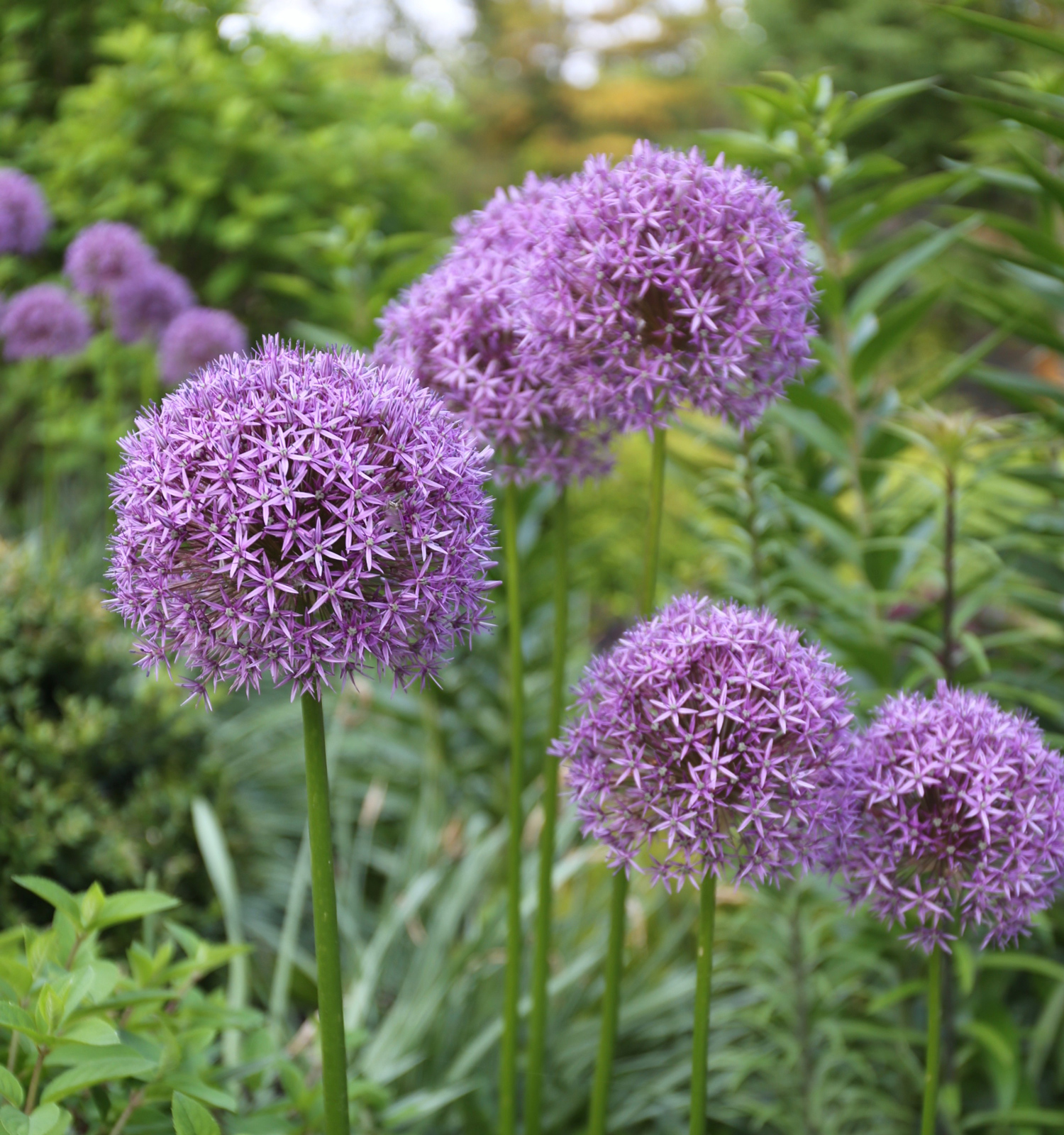
- Brassicas: Brassicas, such as broccoli, cauliflower, and Brussels sprouts, can help to deter pests and diseases. They can also help to improve the soil quality by fixing nitrogen.

- Carrots: Carrots can help to repel the carrot fly, which is a common pest of beetroot. They can also help to improve the soil quality by breaking up compacted soil.

- Lettuce: Lettuce can help to shade the soil around beetroot plants, which can help to prevent weeds from growing. It can also help to attract beneficial insects.
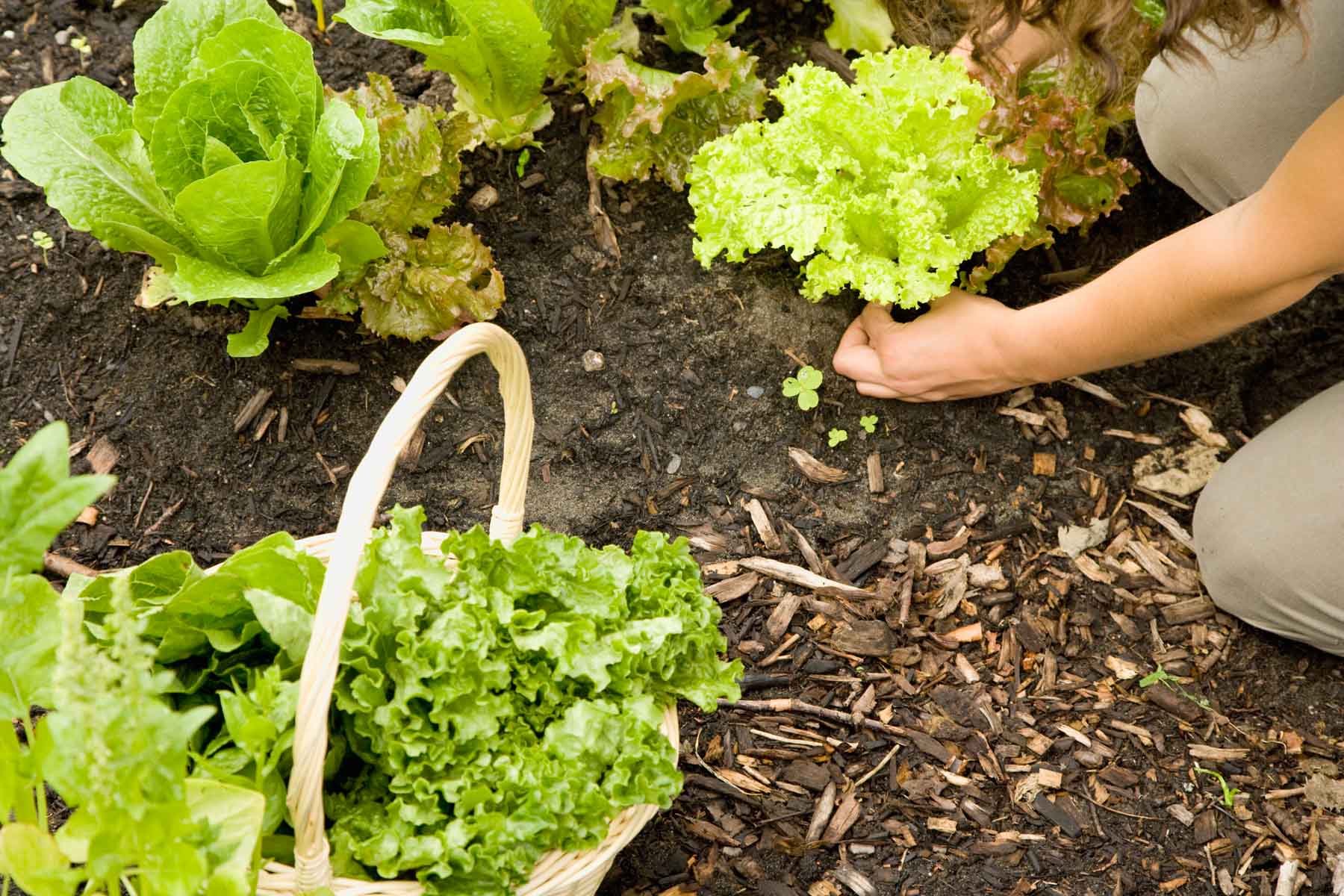
- Peas: Peas can help to improve the soil quality by fixing nitrogen. They can also help to deter pests such as aphids.
- Spinach: Spinach can help to shade the soil around beetroot plants, which can help to prevent weeds from growing. It can also help to attract beneficial insects.
- Herbs: Herbs such as mint, thyme, and dill can help to repel pests and diseases. They can also add flavor to beetroot dishes.

How to Plant Beetroot with Companion Plants
When planting beetroot with companion plants, it is important to space them out properly. Beetroot plants need about 2 inches of space between them. You can also plant companion plants in between rows of beetroot plants.
When planting, make sure to amend the soil with compost or manure. This will help to improve the soil quality and provide nutrients for the plants.
Benefits of Companion Planting
There are many benefits to companion planting. Some of the benefits include:
- Increased crop yields
- Reduced pest and disease problems
- Improved soil quality
- Attracted beneficial insects
Conclusion
Companion planting is a great way to improve the growth and yield of your beetroot plants. By planting beetroot with the right companion plants, you can help to deter pests, improve soil quality, and attract beneficial insects.
If you are new to companion planting, there are many resources available to help you get started. You can find books, websites, and even gardening clubs that can provide information and advice.
With a little planning, you can easily incorporate companion planting into your gardening routine and enjoy the benefits of healthier, more productive plants.
Are you looking for a companion plant for your beets? If so, you've come to the right place! Our website, Gardenia Inspiration, has all the information you need to choose the perfect companion plant for your beets.
We offer a variety of resources, including:
- A list of the best companion plants for beets
- Information on the benefits of companion planting
- Tips on how to plant and care for companion plants
- Pictures and descriptions of different companion plants
We also have a blog where we share gardening tips and advice. So whether you're a beginner or a seasoned gardener, we have something for you.
Visit our website today to learn more about beet companion plants!
FAQ of beet companion
1. What are good companion plants for beets?
Some of the best companion plants for beets are members of the cabbage family, such as broccoli, Brussels sprouts, and kale. These plants help to deter pests and diseases that can affect beets. Other good companion plants for beets include beans, lettuce, onions, and spinach. Beans help to add nitrogen to the soil, which beets benefit from. Lettuce, onions, and spinach do not compete with beets for space or nutrients.
2. What are bad companion plants for beets?
Some plants that should not be planted near beets include carrots, celery, and fennel. These plants are susceptible to the same pests and diseases as beets, and planting them together can increase the risk of infection. Other bad companion plants for beets include tomatoes, potatoes, and strawberries. These plants can compete with beets for space and nutrients.
3. How do companion plants benefit beets?
Companion plants can benefit beets in a number of ways. They can help to deter pests and diseases, add nutrients to the soil, and improve air circulation. For example, beans help to add nitrogen to the soil, which beets benefit from. Lettuce, onions, and spinach do not compete with beets for space or nutrients. They also help to shade the soil, which can help to prevent weeds from growing.
4. How far apart should beets be planted?
Beet seedlings should be planted about 2 inches apart. Once the beets have grown to about 3 inches tall, they should be thinned to about 4 inches apart. This will give the beets enough space to grow and develop properly.
5. How do you care for beet companion plants?
The care requirements for beet companion plants will vary depending on the specific plant. However, in general, companion plants should be watered regularly, fertilized as needed, and protected from pests and diseases.
Image of beet companion
- Carrots: Carrots and beets are both root vegetables that grow well together. They have similar nutrient needs and help to deter pests from each other.

- Cucumbers: Cucumbers and beets are both heavy feeders, so they can benefit from being planted together. The cucumbers will help to shade the beets, which can help to prevent them from bolting.
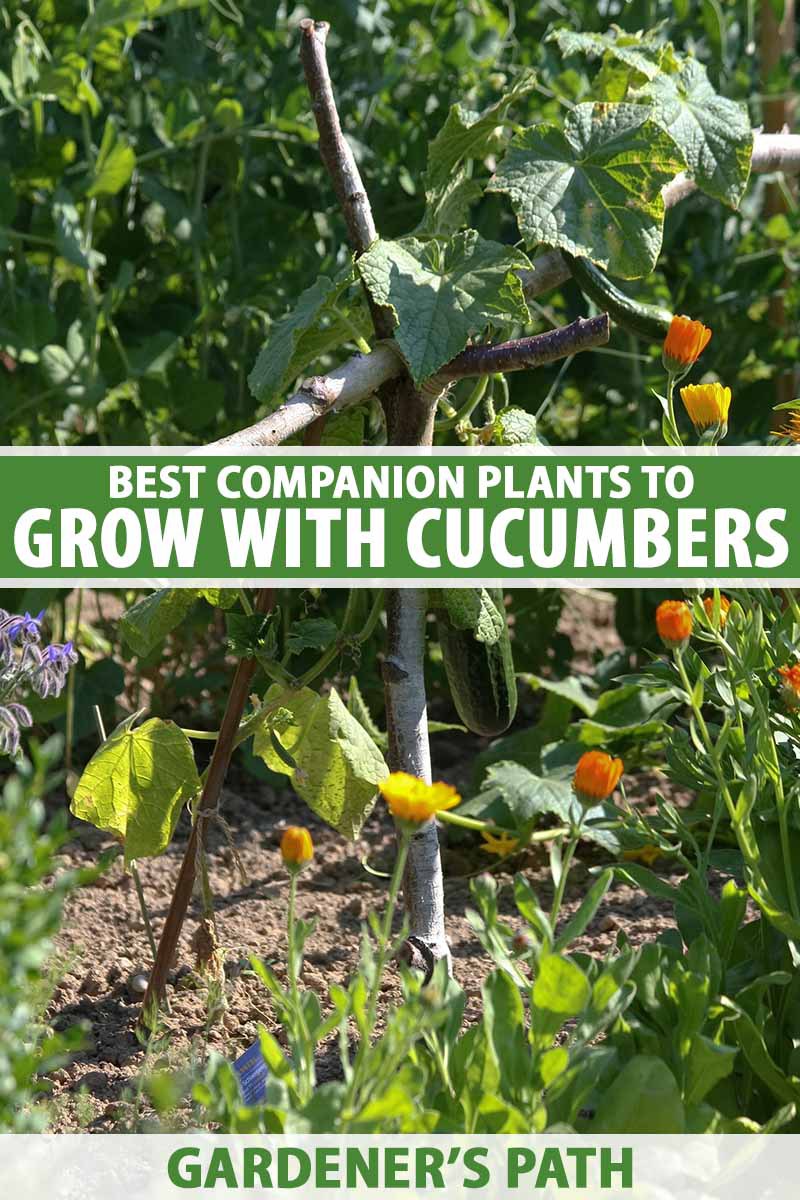
- Lettuce: Lettuce and beets are both cool-season crops that can be planted together. The lettuce will help to suppress weeds and provide shade for the beets, while the beets will help to improve the soil quality for the lettuce.

- Peas: Peas and beets are both nitrogen-fixing plants, which means they can help to improve the soil quality for each other. They can also be planted together because they have different growing habits. Peas are vining plants that grow upwards, while beets are root vegetables that grow downwards. This means they won't compete for space.
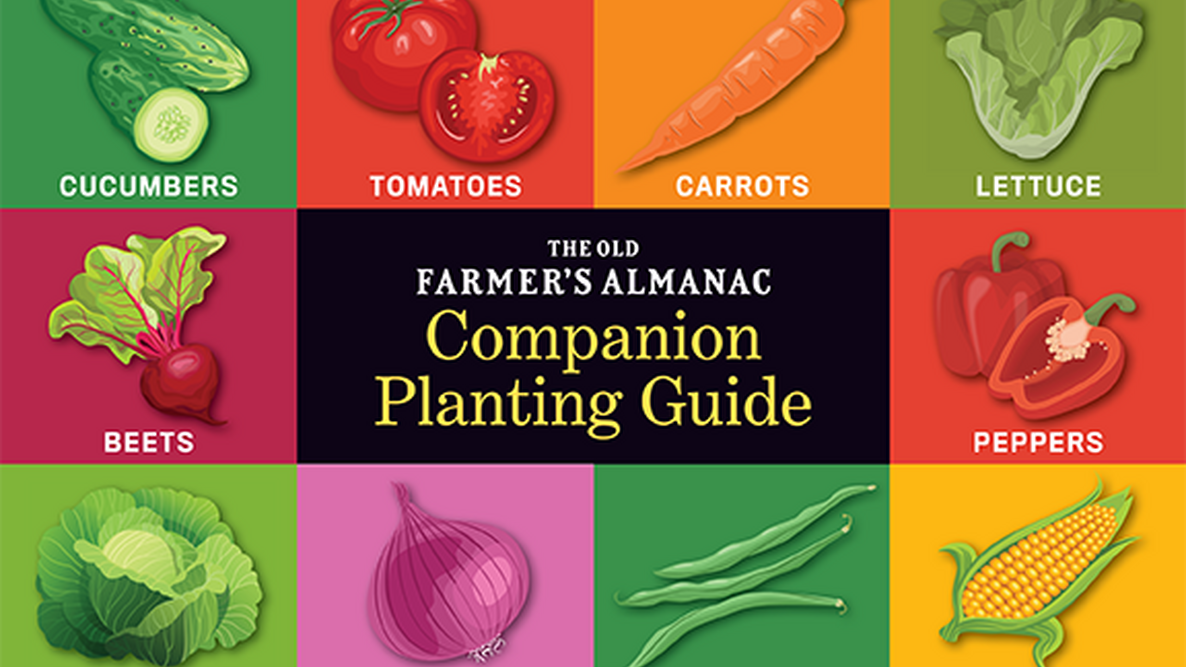
- Spinach: Spinach and beets are both cool-season crops that can be planted together. The spinach will help to suppress weeds and provide shade for the beets, while the beets will help to improve the soil quality for the spinach.
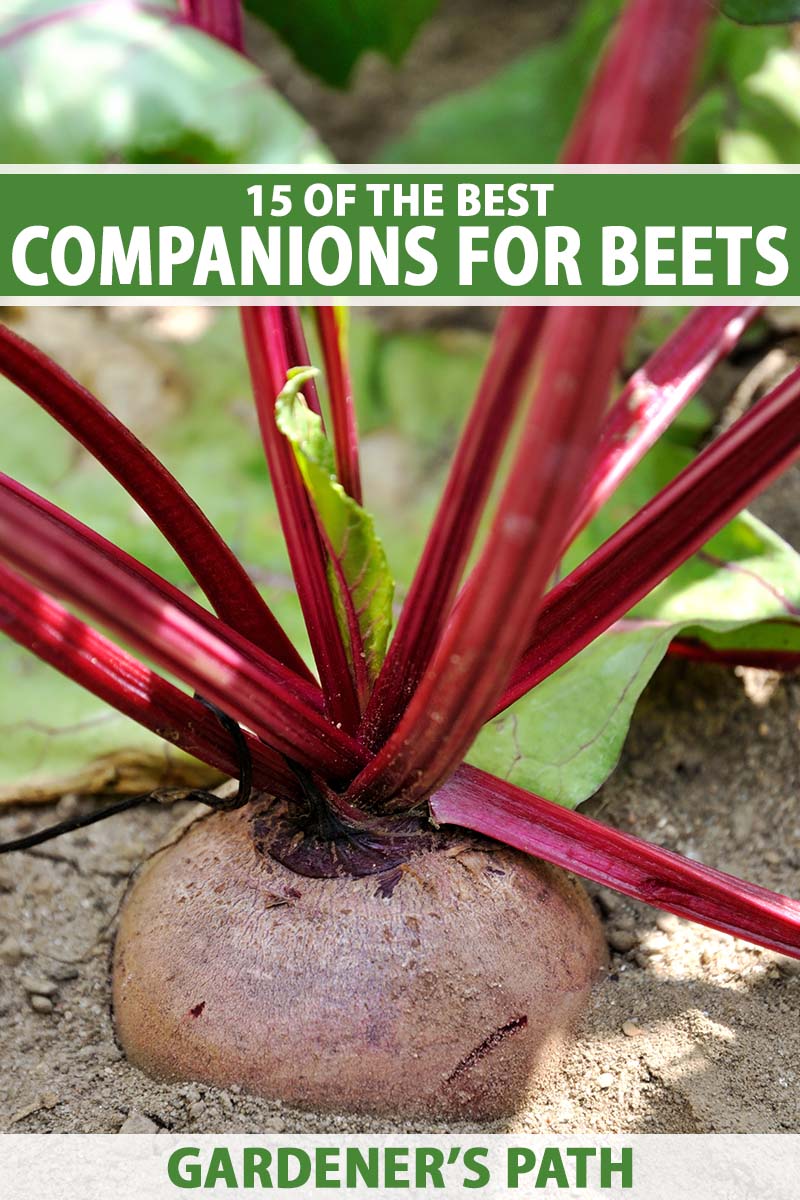
Post a Comment for "The Best Beet Companion Plants"